Here’s something I don’t quite understand. It’s the responsibility of the National Health Service to provide a health service to the nation. Presumably, things like the sourcing of PPE, the purchasing of ventilators, the arranging of tests, and even, to some degree, the deployment of diagnostic phone apps, is their area of expertise. It’s what they do.
Now, these are not normal times, of course, and there’s always the complaint about insufficient funding, past and present. But I doubt that’s valid now since, presumably, the government would now happily write bigger cheques for the provision of these things. So I’m slightly intrigued that the NHS is complaining that the government isn’t providing them, rather than the other way around! Intrigued, though not surprised.
Now, clearly I’m missing something, because everybody else seems to think the government is responsible for medical supplies too. It could be that PPE supplies are primarily delayed because of something like customs and excise rules, in which case, yes, clearly the government is culpable.
Or it could be that the NHS is saying, in effect, “you underfunded us for years, so now that we have a big problem, it’s actually your problem! So there!” Government departments are presumed to be more competent at logistics than the NHS, when both are given sufficient funding, so we’d better hand it over to you, even though we’re the ones with the contacts and the contracts.
But I think it’s probably that the boundary between the government and public services is a sufficiently blurred one that, if you are senior enough in the NHS, your job title begins with ‘Minister’ or ‘Secretary of State’. This is very convenient, because it means that anyone who wants to complain about how things are going — to increase the ad sales in their newspaper, for example — can make it a political complaint, which is acceptable and even popular, rather than be seen in any way to be criticising the NHS, which would be suicidal.
So that raises the interesting question of where the boundary of blame can sensibly be drawn, while maintaining political correctness. Everyone is allowed to blame the Prime Minister and nobody is allowed to blame a nurse; so where does, and where should, the buck stop between the two?
To the extent that some people believe the UK Covid response has been badly handled, how do we hold the correct public institutions, or individuals, accountable when it comes to be reviewed? When the next health crisis comes along, should we expect the health service to handle the provision of health-related services, or the political party currently in power at that time?
I don’t know anything about the management hierarchy involved, but I’m guessing that, as you ascend it, you reach a point where the payslips no longer have an NHS logo on them; where NHS administrators become civil servants. A bit higher, civil servants become short-term political appointees. Are either of these the correct point for rational people to start assigning blame in the case of unforeseen medical emergencies? Should it be higher or lower?
 Searching recently for emails from one of my academic colleagues, I came across one or two that appeared to have the address written backwards. He works in the Computer Lab at Cambridge, and the email was from user@uk.ac.cam.cl. What was going on?
Searching recently for emails from one of my academic colleagues, I came across one or two that appeared to have the address written backwards. He works in the Computer Lab at Cambridge, and the email was from user@uk.ac.cam.cl. What was going on?

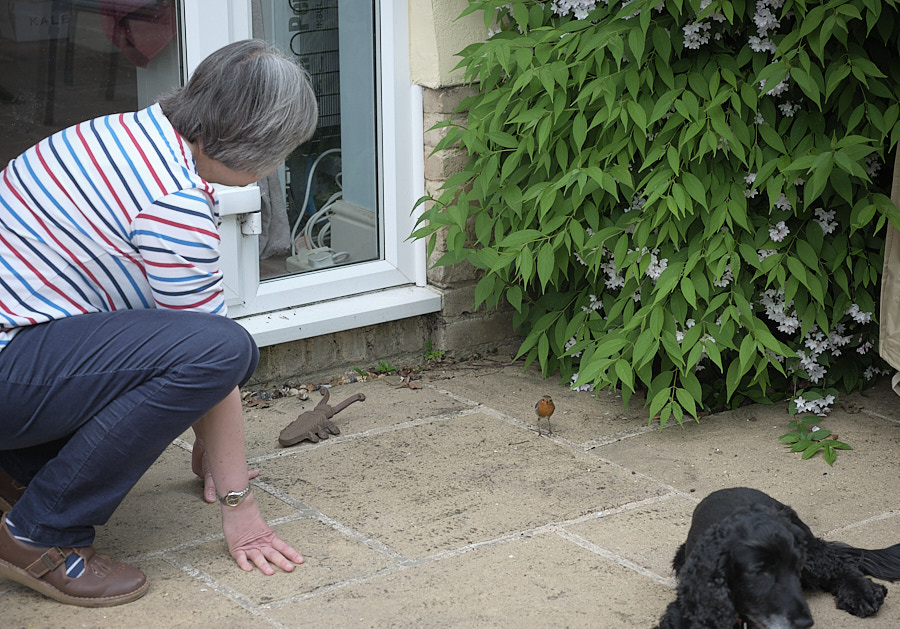




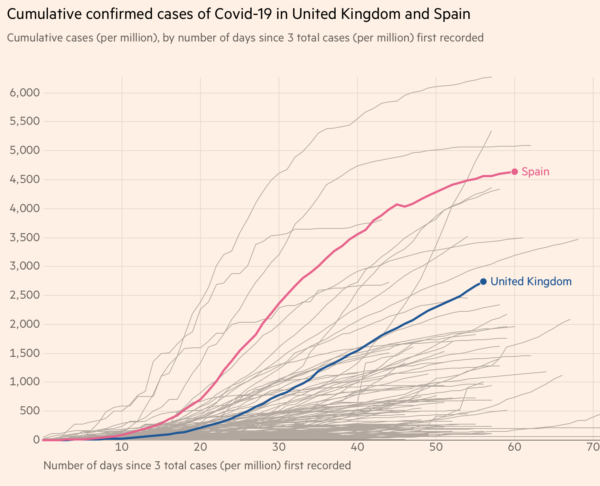
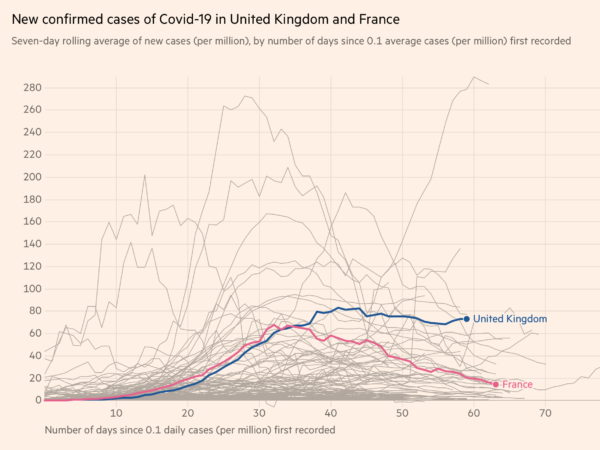
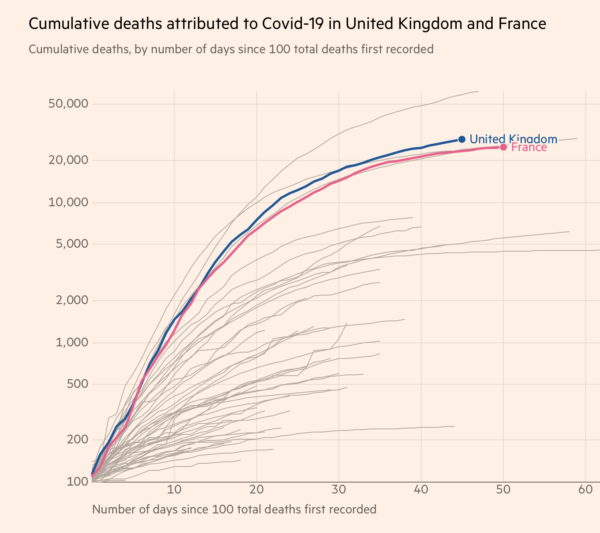
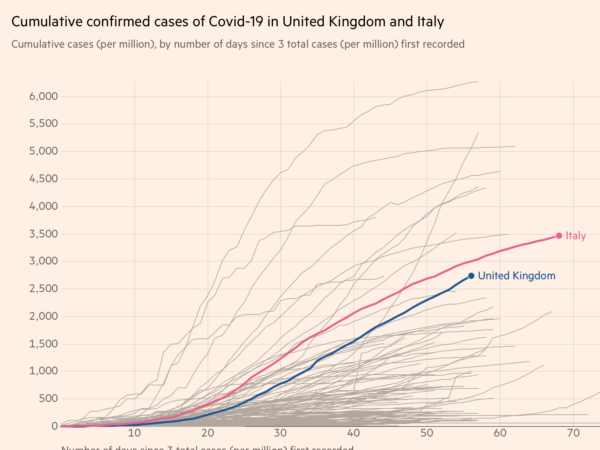
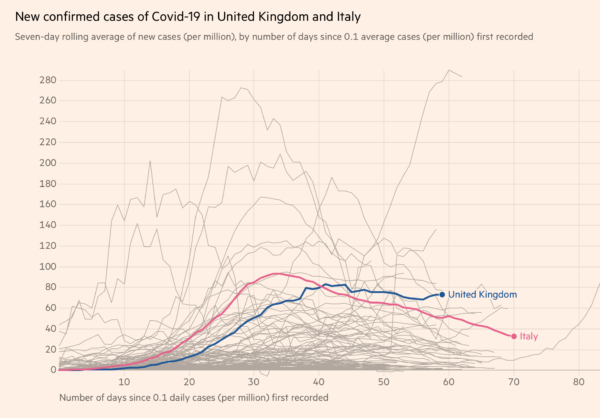

 Search engines are wonderful things, of course, and this isn’t a bad idea in theory, but if your experience is anything like mine, these knowledge bases are chiefly a source of frustration for customers.
Search engines are wonderful things, of course, and this isn’t a bad idea in theory, but if your experience is anything like mine, these knowledge bases are chiefly a source of frustration for customers.
Recent Comments